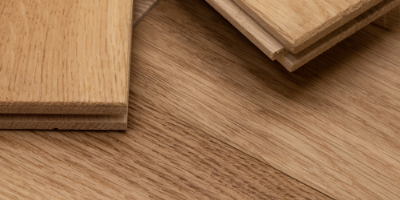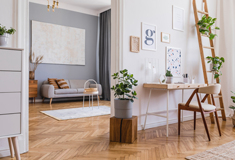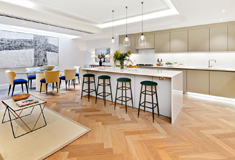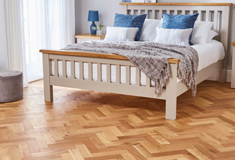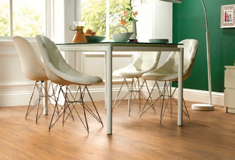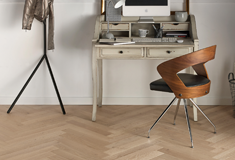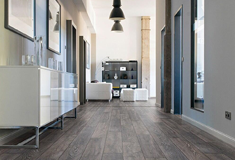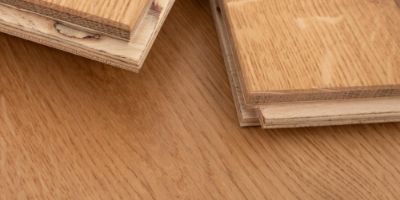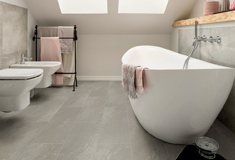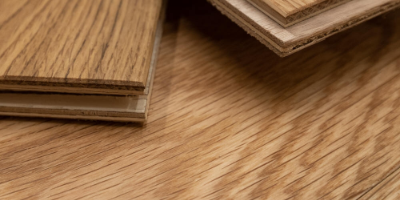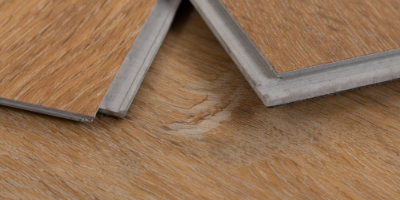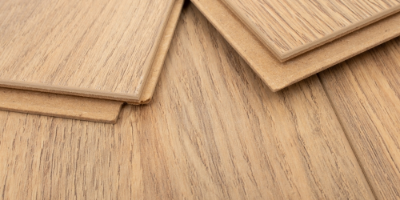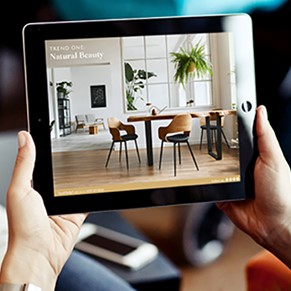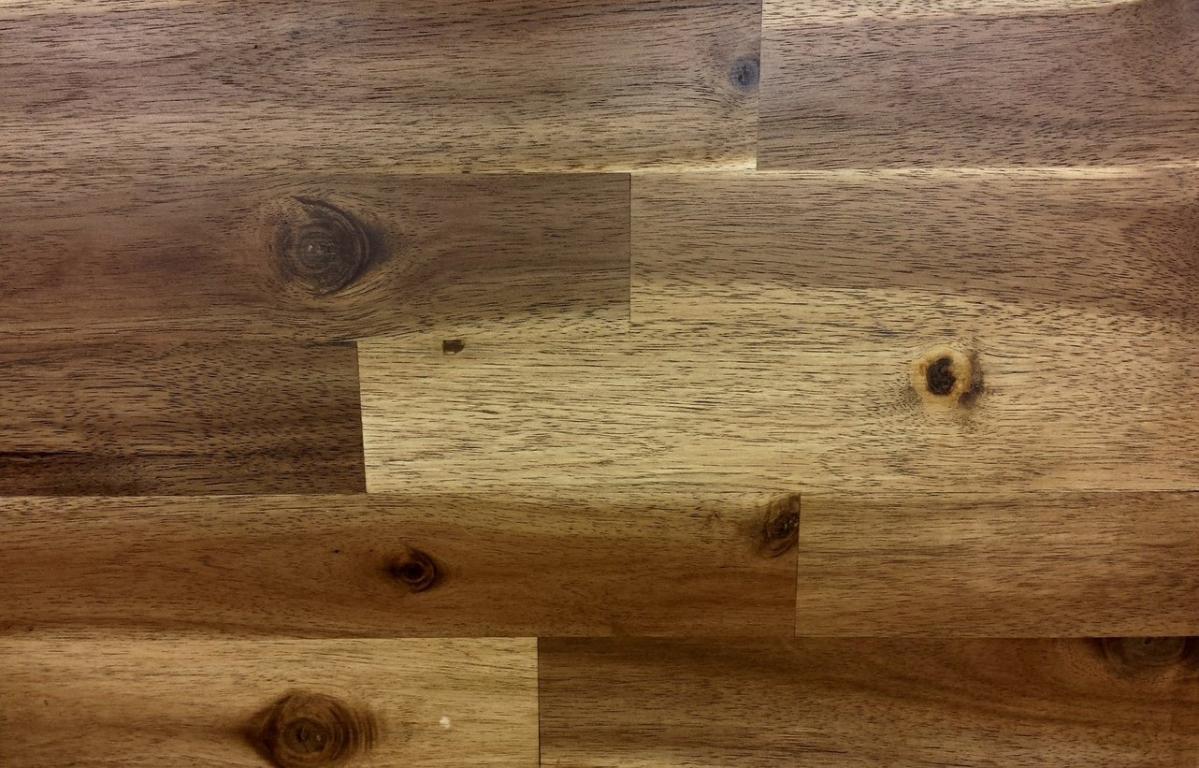How to Acclimate Wood Flooring
If you’re new to the world of flooring, you’d be forgiven for thinking all you have to do to lay a wooden floor is position the planks where you want them and secure them in place. However, there’s one crucial step you’d be skipping; acclimatisation.
The process of laying wood flooring starts at the acclimatisation stage, which can save you both time and money in the long run.
Let’s explore acclimatisation and how to acclimate wood flooring.
What is Acclimatising Wood Flooring?
Acclimatisation of wood flooring is the process in which a floor is left for a certain period of time (see the table below), in order for the wood to adapt to the moisture content of the environment in which it’s expected to exist.
If this process is not completed successfully, you’ll increase the chance of the flooring expanding or shrinking after being laid, which can be a timely and costly mistake.
Where to Acclimatise Flooring
For the most accurate results the flooring should be left to acclimatise in the location where the installation will take place. Many people tend to take the easier option of leaving the wood flooring in a storage space such as a garage to acclimate. However, these conditions may vary from the installation site, and if that’s the case it’s likely the wood wouldn’t acclimatise properly, leaving you at risk of warping further down the line.
How to Acclimate the Flooring
The wood should be left unopened in its original packaging to reduce the risk of the planks warping. If the package is opened then there’s a danger that the wood close to the opening will shrink or expand more rapidly than the wood placed in the middle of the box. The packages should be stacked so that the air and humidity can be distributed equally, making sure that roughly every half a metre is supported, so no bowing occurs. You may find it helpful to use spacers between the layers to increase air circulation.
How Long Does it Take to Acclimate Flooring?
There’s a lot of debate surrounding the length of time acclimatisation of wood flooring takes, so only a rough guide can be provided. The manufacturer’s guidelines which come with your flooring should always be consulted as a final answer on timing. However, if the room in which you’re installing your flooring has unusually high or low levels of moisture then you may need to acclimatise the planks for even longer than suggested.
The type of wood flooring you’ve chosen will also determine the length of time it’ll need to acclimatise. If you’re wondering how long to acclimate your solid or engineered wood flooring our handy table below will give you a rough idea.
| Type of Flooring | Time |
| Solid Wood Flooring | 7 Days |
| Engineered Wood Flooring | 3 - 5 Days |
| Laminate Flooring | 2 Days |
| Vinyl Flooring | 2 Days |
Why is it Important to Acclimate Flooring?
Wood is a natural material which means it’s susceptible to slight changes in shape and size when it’s placed in a new environment. In humidity, a wood floor may absorb the moisture in the air, causing it to swell and expand, while a cooler environment will have the opposite effect and is likely to result in the wood shrinking in size.
Taking the time to acclimatise your wood flooring prior to laying it will reduce the risk of the planks expanding or shrinking after they’ve been fitted. This will ensure you get the best results from your beautiful new floor and help maintain its longevity so you can enjoy it for years to come.
Have Your Say
Do you have any tips on how to acclimate solid or engineered wood flooring? Don’t forget to follow us on Instagram and share your experience!

